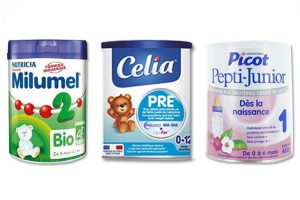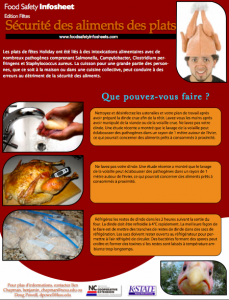Human norovirus (HuNoV) is one of the leading causes of acute gastroenteritis globally. HuNoV outbreaks have been recently reported during air travels. Contaminated surfaces are known as a critical transmission route at various settings. The aim of this study was to provide key information about the survival and the decontamination of HuNoV on three commonly touched airplane cabin surfaces.
 In this study, we monitored the survival of HuNoV on seat leather, plastic tray table, and seatbelt for 30 days, with and without additional organic load (simulated gastric fluid). The efficacy of two EPA registered anti-norovirus disinfectants were also evaluated. Results showed that HuNoV was detected at high titers (>4 log10 genomic copy number) for up to 30 days when additional organic load was present. Both tested disinfectants were found highly ineffective against HuNoV when the surface was soiled. The study showed that when the organic load was present, HuNoV was highly stable and resistant against disinfectants.
In this study, we monitored the survival of HuNoV on seat leather, plastic tray table, and seatbelt for 30 days, with and without additional organic load (simulated gastric fluid). The efficacy of two EPA registered anti-norovirus disinfectants were also evaluated. Results showed that HuNoV was detected at high titers (>4 log10 genomic copy number) for up to 30 days when additional organic load was present. Both tested disinfectants were found highly ineffective against HuNoV when the surface was soiled. The study showed that when the organic load was present, HuNoV was highly stable and resistant against disinfectants.
Findings from this study indicated that appropriate procedures should be developed by airline companies with the help of public health authorities to decrease passengers’ exposure risk to HuNoV.
Survival and inactivation of human norovirus GII.4 Sydney on commonly touched airplane cabin surfaces
Public Health 29 July 2020
Dorra Djebbi-Simmons, Mohammed Alhejaili, Marlene Janes, Joan King and Wenqing Xu*
DOI: 10.3934/publichealth.2020046
https://www.aimspress.com/fileOther/PDF/aimsph/publichealth-07-03-046.pdf








